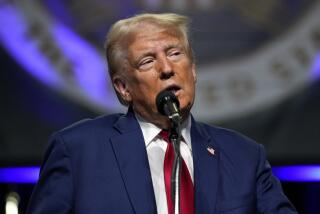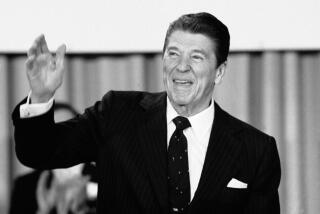America on the job
The Works Progress Administration, which at its 1938 peak sustained 3,334,594 people on the federal payroll, was a cornerstone of the New Deal. At a time when one-quarter of the labor force was unemployed, it gave Americans hope and self-respect, offering them jobs rather than handouts and putting them to work for the public good. WPA employees built airports, stadiums, swimming pools, golf courses and ski lodges. They paved roads, painted murals on public buildings, served hot lunches to schoolchildren and carried books on horseback to rural areas without libraries.
Nonetheless, as Nick Taylor notes in his ambitious history of the WPA, “it was the most excoriated program of the entire New Deal. Its workers were mocked as shiftless shovel-leaners. . . . Red-baiting congressman called it a hotbed of Communists.” Those criticisms were side issues. What conservatives truly hated was the notion of the government putting people to work. That was the responsibility of the private sector, they insisted; the government should not interfere in the inevitable ups and downs of the business cycle. But 3 1/2 years after the 1929 stock market crash, the economy lay in ruins. Newly inaugurated President Roosevelt had broad public support for a federal emergency relief program that swiftly evolved into a jobs program under the dynamic leadership of a former social worker named Harry Hopkins.
The 1934 midterm elections overwhelmingly affirmed the New Deal’s popularity, and, a few months later, Hopkins and Roosevelt moved to provide jobs more substantial than raking leaves or picking up trash. All work undertaken would afford “permanent improvement in living conditions [or] future new wealth for the nation,” FDR declared in a post-election speech. He was careful to note that the 3.5-million people he proposed to employ would be hired “pending their absorption into a rising tide of private employment.” It took eight years for that tide to rise, but in 1943, with America at war and the unemployment rate below 5%, the WPA quietly shut down.
Taylor paints an impressionistic picture of the WPA’s wide-ranging projects, but his well-intentioned book lacks focus. The author could profitably have studied Edward Humes’ excellent “Over Here,” which used carefully selected individual stories to build a comprehensive assessment of the GI Bill’s human and historic impact. Taylor, by contrast, offers colorful but scattershot thumbnail sketches -- of an archaeologist, a publicist with the Federal Theatre Project, a carpenter working on La Guardia Airport -- that are dropped seemingly at random into an unwieldy text burdened with excess material about political battles over such unrelated issues as FDR’s ill-fated court-packing plan. These have been amply covered elsewhere and distract the author from what should be his main concern: the unique nature of the WPA and its failure to survive as did other New Deal programs.
Hopkins envisioned a lasting role for the federal government in the labor market. “We’ve got enough work to do right here in America,” he asserted, “to lay out a program for twenty years and to employ every unemployed person in this country. . . . They can do jobs no one else can afford to do.” He understood that there were many tasks crucial to the nation’s well-being -- from building infrastructure to making a record of vanishing folk arts and crafts -- that private enterprise would never undertake because there wasn’t any money to be made with them. Nonetheless, WPA projects laid the groundwork for profitable business. La Guardia Airport, constructed with WPA money, was the busiest U.S. commercial airport on its first day of operation in 1939, the busiest in the world a year later. Painters such as Jackson Pollock, Willem de Kooning and Philip Guston, employed by the Federal Art Project, sparked the postwar creative explosion that made New York the center of the international art market.
There seems no obvious reason why that fruitful symbiosis should not have continued. Yet Hopkins’ dream of a public works program forming an integral part of the American economy did not survive the Depression. When FDR crafted the landmark Social Security Act of 1935, he funded it with payroll taxes that gave workers “a legal, moral, and political right to collect their pensions and their unemployment benefits [so that] no damn politician can ever scrap my social security program.” He never put the WPA on that kind of firm footing, always selling it to a suspicious Congress as a temporary measure even though he looked forward to “a well-rounded public works program in the postwar period.”
Taylor includes this material but doesn’t really grapple with it. As the book’s subtitle indicates, he aims to celebrate “the enduring legacy of the WPA” -- the schools, libraries, bridges, dams and courthouses still in use today, the public art still visible. But his poorly organized narrative wanders from one project to the next, failing to create a coherent overall picture. His heart’s in the right place, but what he leaves us with is a nostalgic paean to “ordinary men and women [who] proved to be extraordinary beyond all expectation” -- the Greatest Generation at government-funded work before it marched off to war. Such fuzzy romanticism ill suits a program that raised important, unanswered questions about what Americans expect from their government and whether they’re willing to pay for it. The WPA awaits a more analytic, tougher-minded chronicler.


